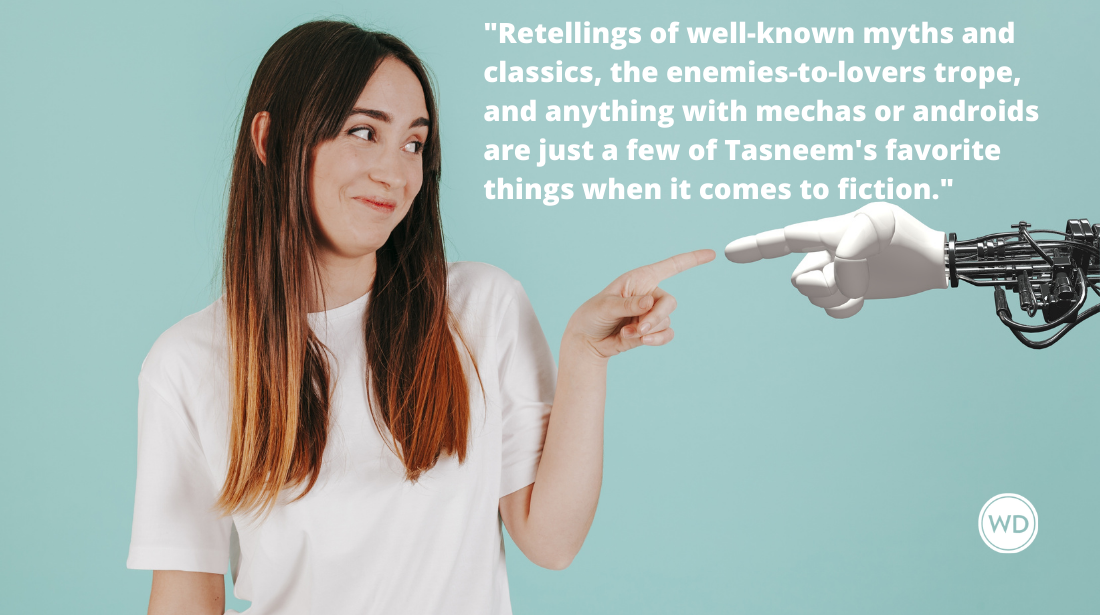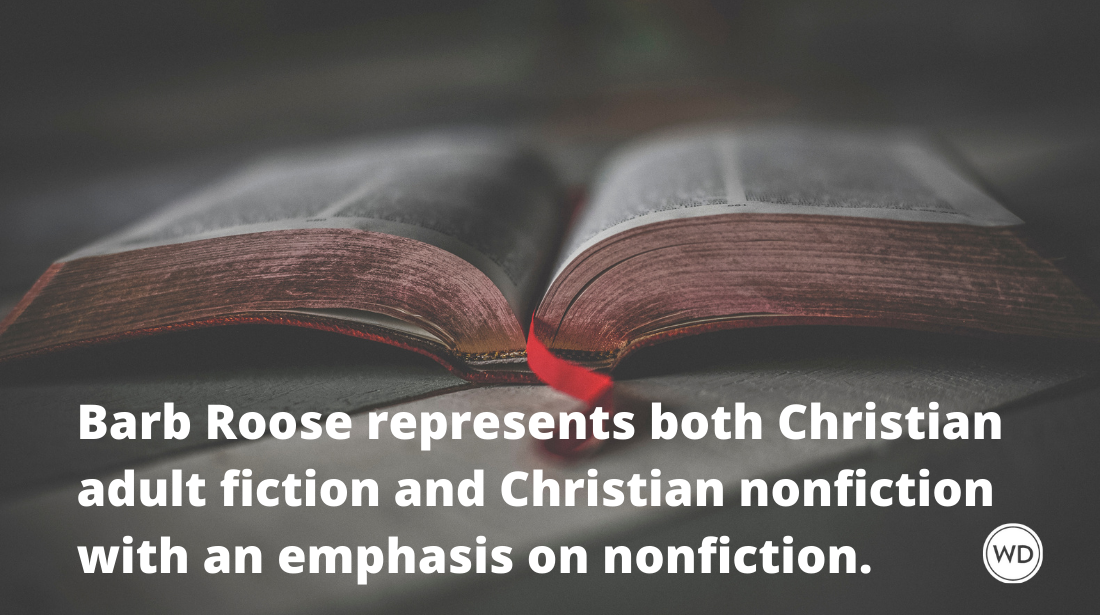What Does That Mean? Literary Definitions: Vol. 2
Ever come across a publishing term and wasn’t sure what it meant? (Who hasn’t?) This series will give you some clarity on literary definitions.
Ever come across a publishing term and wasn't sure what it meant? (Who hasn't?)
The Buried Editor and I are pairing up to start a series to help define some oft-used terms in the publishing world.
Literary Definitions: Vol. 2
Acquisitions editor - (n.) an editor with the ability to submit book ideas for publication to the publisher. I (Chuck) am not an acquisitions editor, as I edit and update three directories each year. Coworkers, however, are acquisitions editors, and can take pitches for books in the Writer's Digest Books imprint. The Buried Editor is an acquisitions editor, and takes pitches at conferences for children's books.
Similar, but not the same, is a submissions editor, which is a more common term in magazines. A submissions editor on staff will review all queries that come in.
Board book - (n.) a small format picture book for children under the age of three. The book is printed on thick cardboard-like paper that is impervious to ripping and baby drool.
Clips - (n.) In journalistic terms, a sample of a writer's published work, usually from a newspaper or magazine. Editors often mention that clips or clippings should be mailed or e-mailed when an author queries them with an idea.
Comp copies - (n.) free copies of a book that an author receives from the publisher. The number varies from deal to deal. Comp copies are also sent out to authorities on the book's subject so they can provide positive testimonials or blurbs for advertising copy.
Comp copies sent to the author are also known as Contributor Copies or Author Copies.
Denouement - (n.) French for an untying. The denouement of a novel or story follows the climax; it represents the unraveling of the complexities of a plot, and the clarifying of the story's details and misunderstandings.
F&G: stands for Fold & Gather - (n.) The picture book version of a galley. They are not bound but show the picture book in all its four-color glory. It's then sent to reviewers and the like.
MS: stands for Manuscript - (n.) The typed, double-spaced, in-a-standard-font version of an author's work submitted to a publishing house.
PB: stands for Picture Book - (n.) A book for younger children that has sparse text and big, colorful (or occasionally black and white) pictures. Generally, they have 32 pages. They are more difficult to write than most people realize, and despite a recent microscopic turn, the market for them has been sluggish at best for a while.
Chuck Sambuchino is a former editor with the Writer's Digest writing community and author of several books, including How to Survive a Garden Gnome Attack and Create Your Writer Platform.






